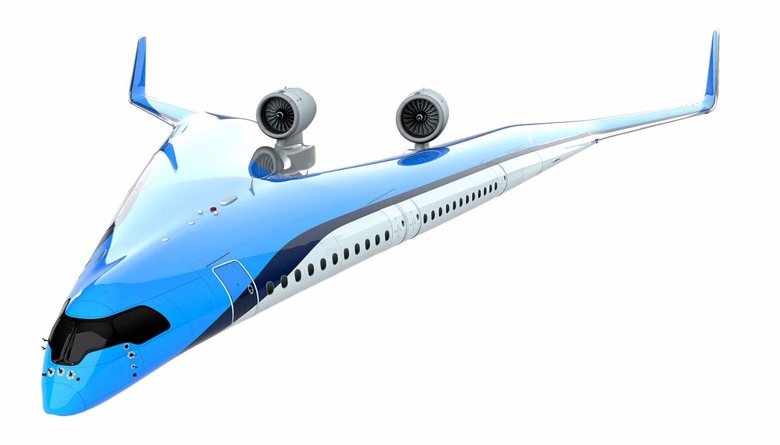Flying-V Drone Aircraft Conducts Its First Successful Test Flight
The team of researchers and engineers from TU Delft went to an airbase in Germany over the summer, where they conducted the first real test flight of a scale flight model of an energy-efficient aircraft design called the Flying-V. The scale model is three meters wide and weighs 22.5 kilograms. Its test flight occurred at an airbase in Germany with help from a team from Airbus. The test flight's goal was to take off, fly test maneuvers and approaches, and land when the batteries were nearly empty.The team initially had concerns about taking off because calculations have shown that aircraft rotation was a potential issue. The flight model was optimized to help prevent any rotation issues, but the test flight would prove if the aircraft design functioned. Ultimately, takeoff was performed easily, with rotation occurring at 80 KPH.
The flight test proved challenging for the team. They had to change the center of gravity for the aircraft and fixing the internal antenna to improve telemetry. During test flights, the team also learned that the aircraft design had too much "Dutch roll," causing somewhat rough landings. The team intends to take the data gathered during the flights and create an aerodynamic software model of the aircraft.

That data will be used to program a flight simulator to be used in future research and to improve flight characteristics. Researchers on the team will also use the data to create a scale model for future flight tests. The Flying-V is a design for a highly energy-efficient long-distance airplane. The aircraft's design would integrate the passenger cabin, the cargo hold, and the fuel tanks into the wings creating a unique V-shape.
Computer calculations predict that the aircraft's improved aerodynamic shape, and reduced weight will reduce fuel consumption by 20 percent compared to the most advanced aircraft available today. The project involves various partners, including Airbus and KLM.
